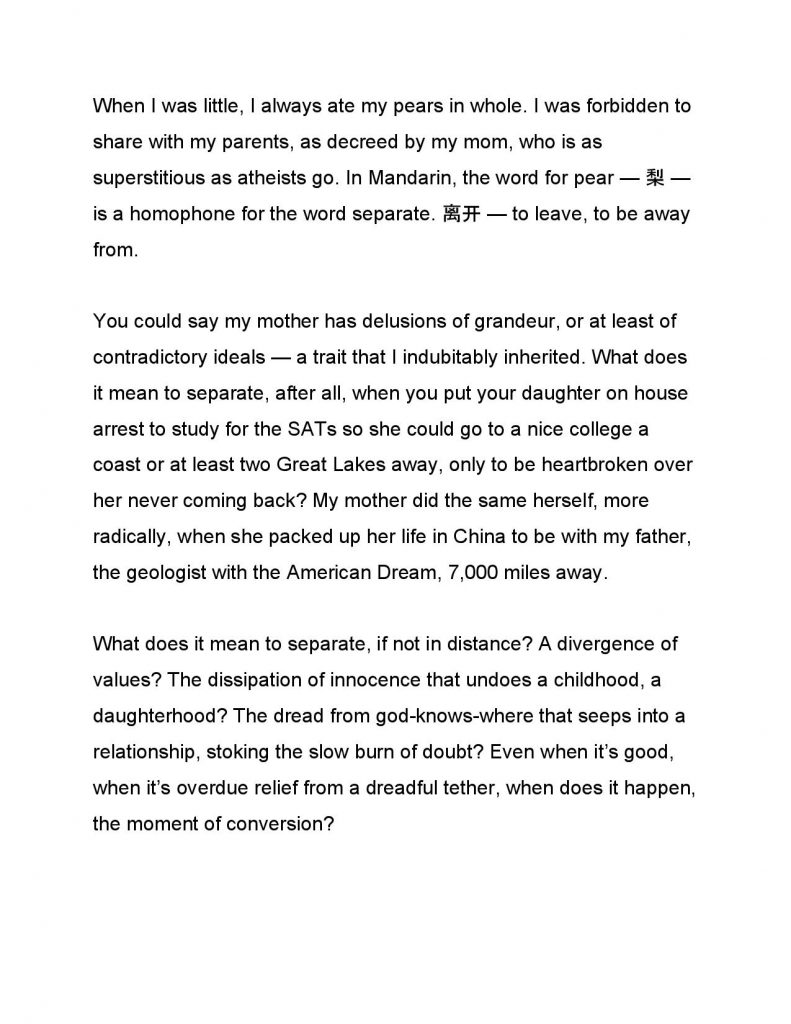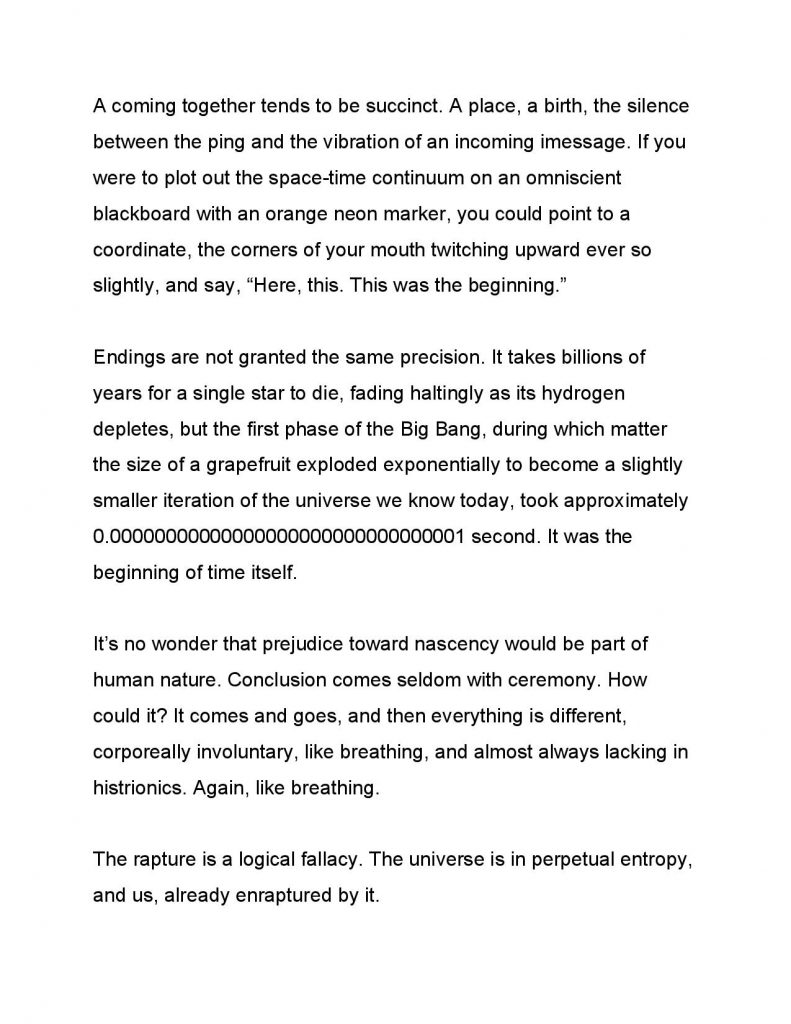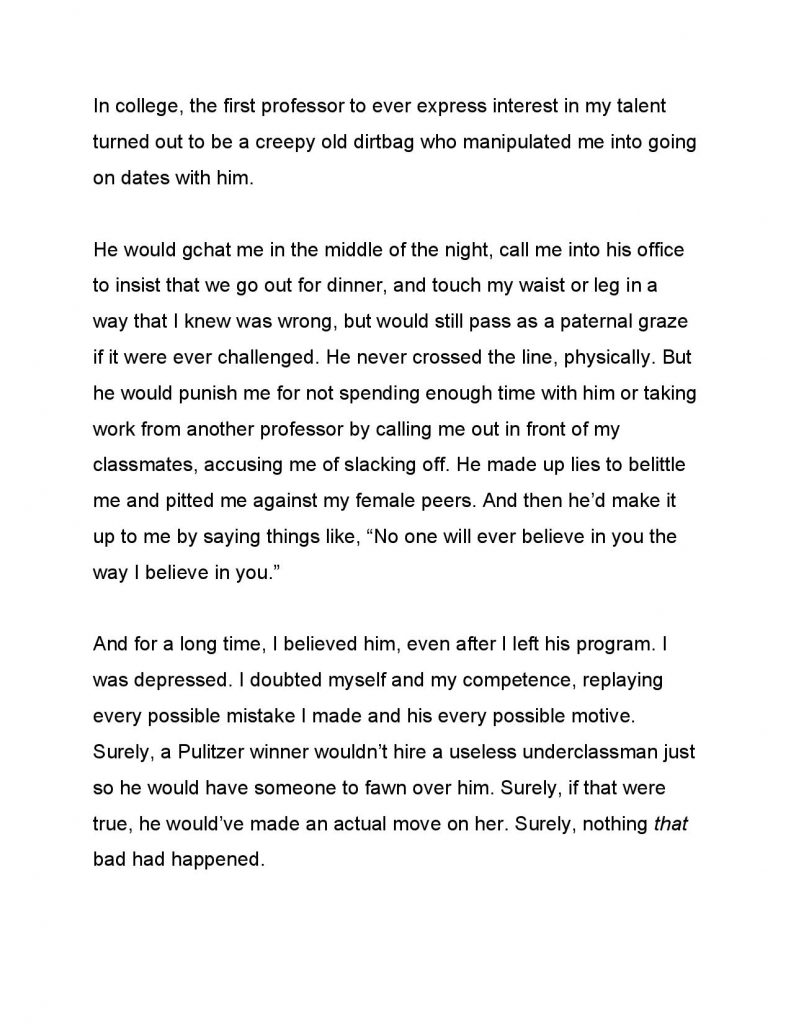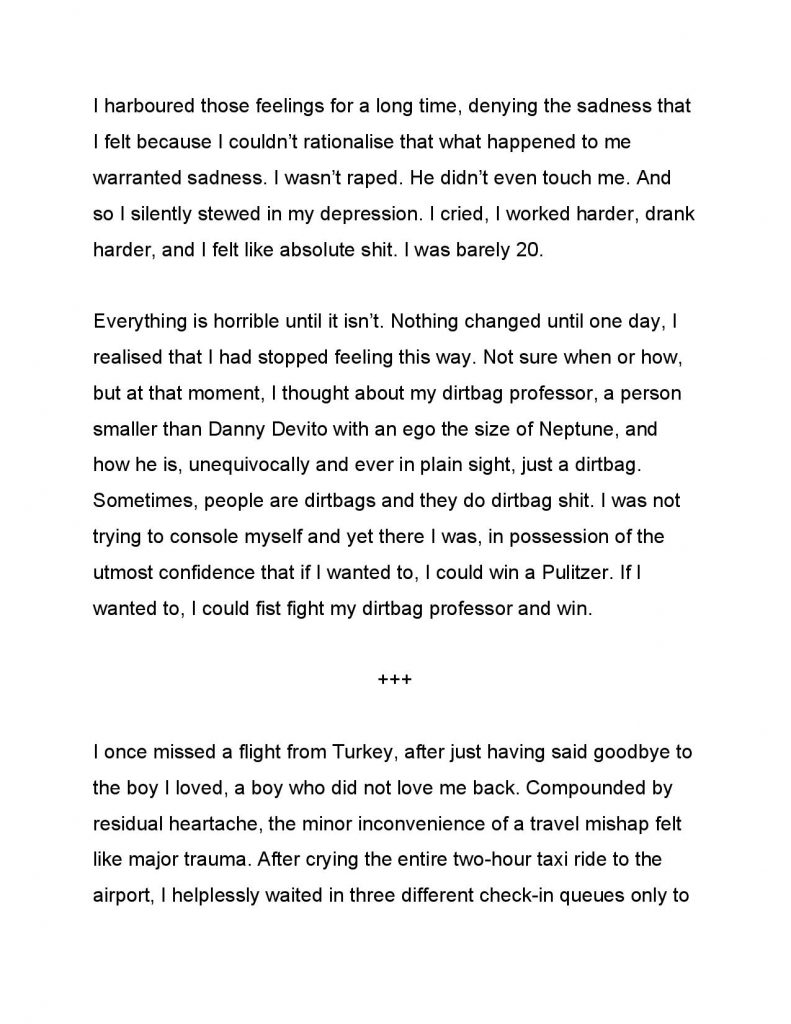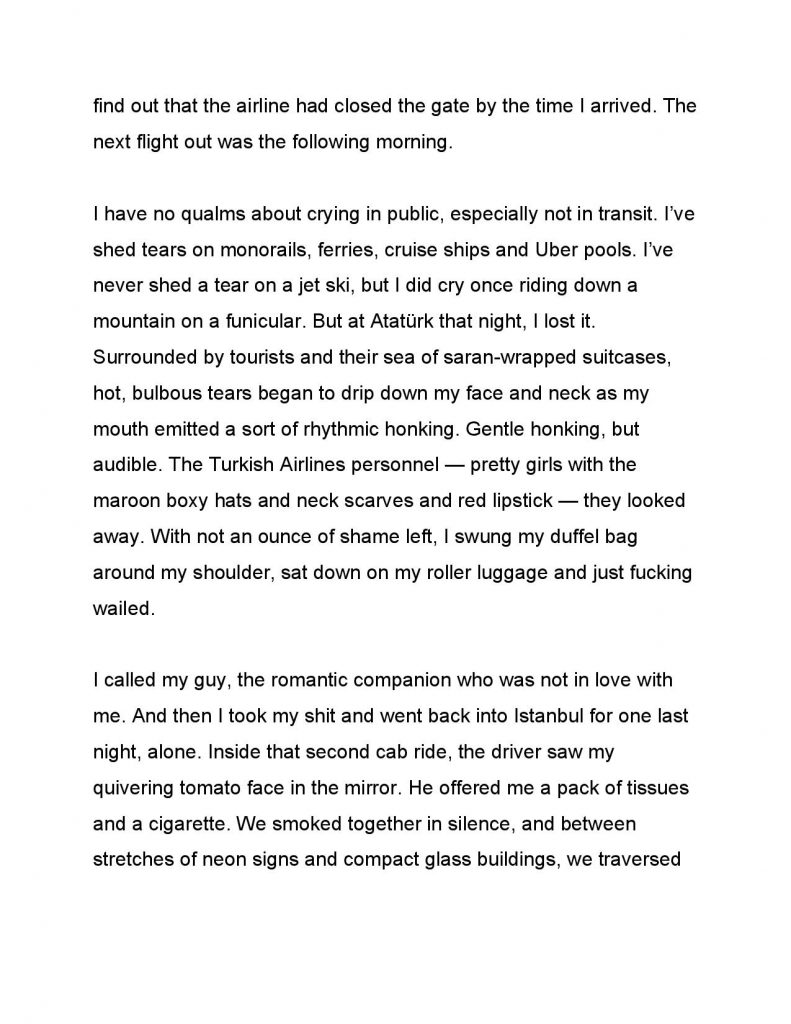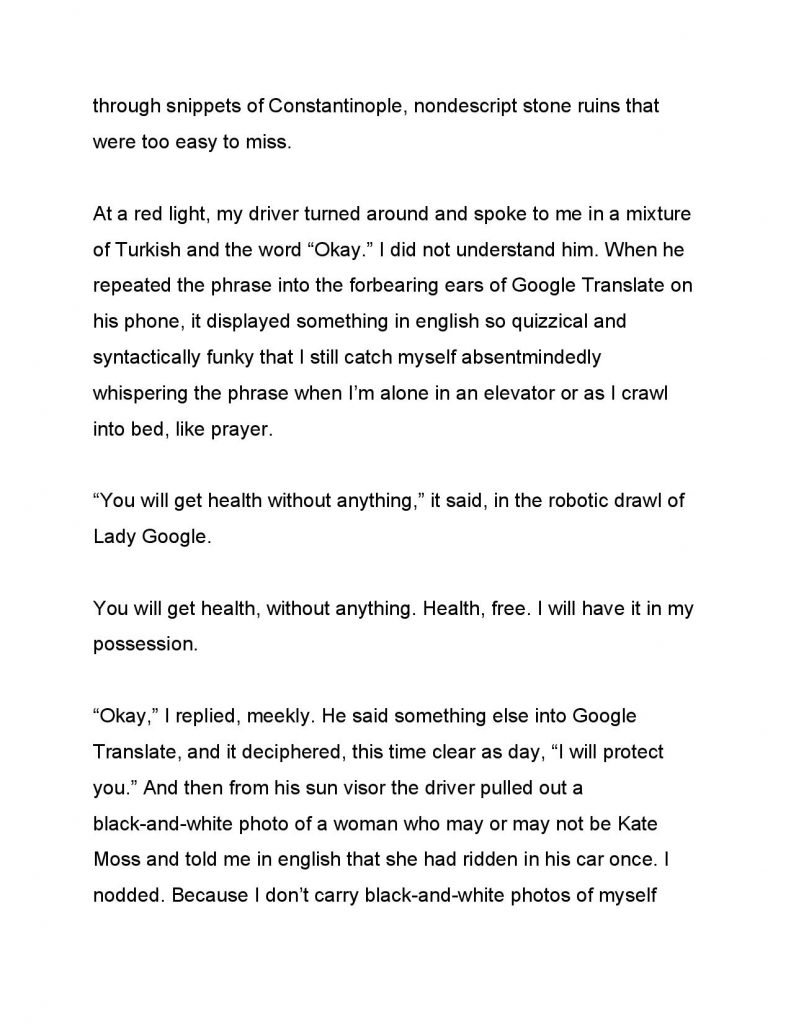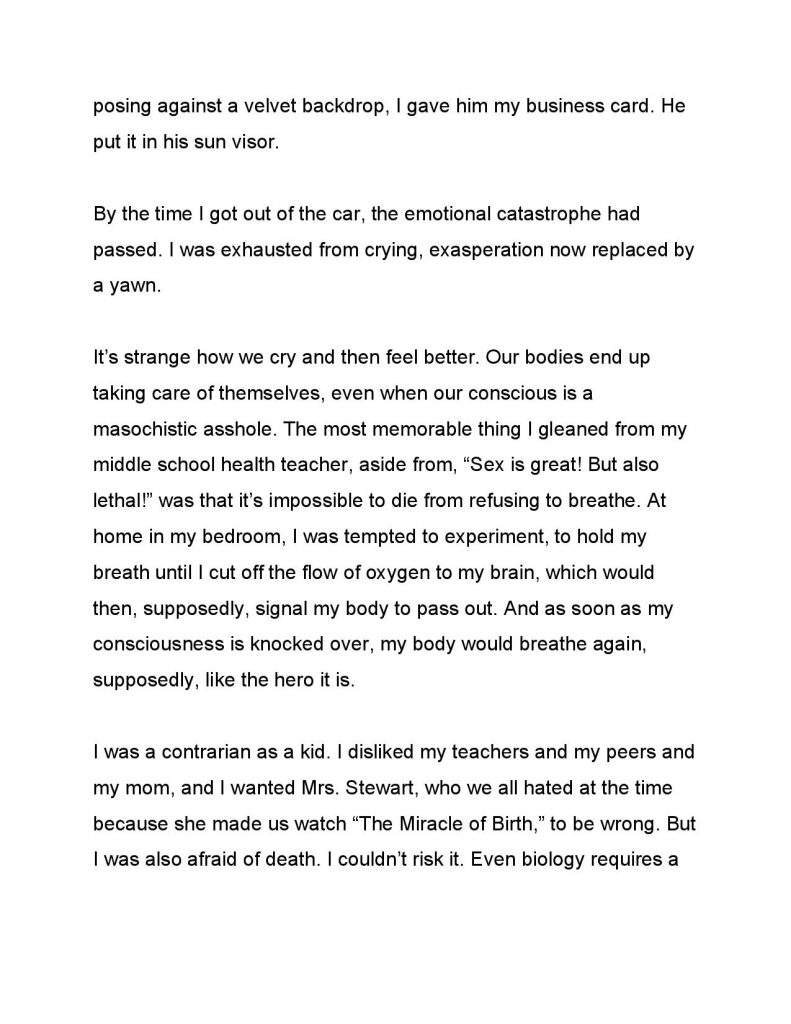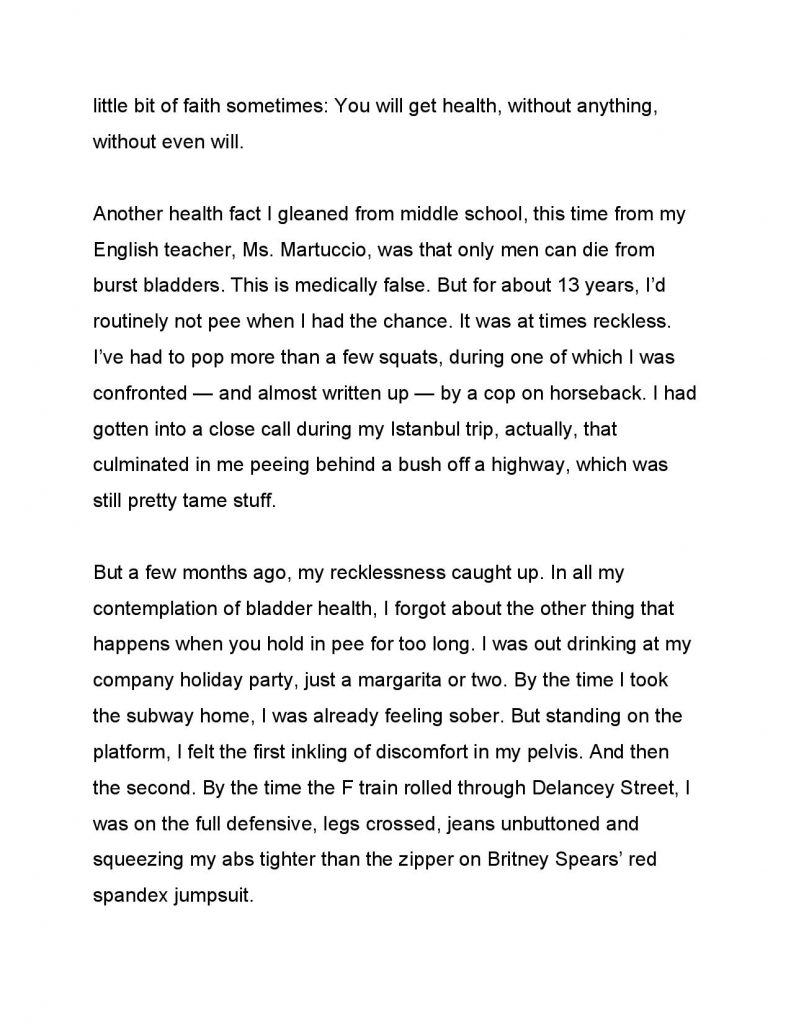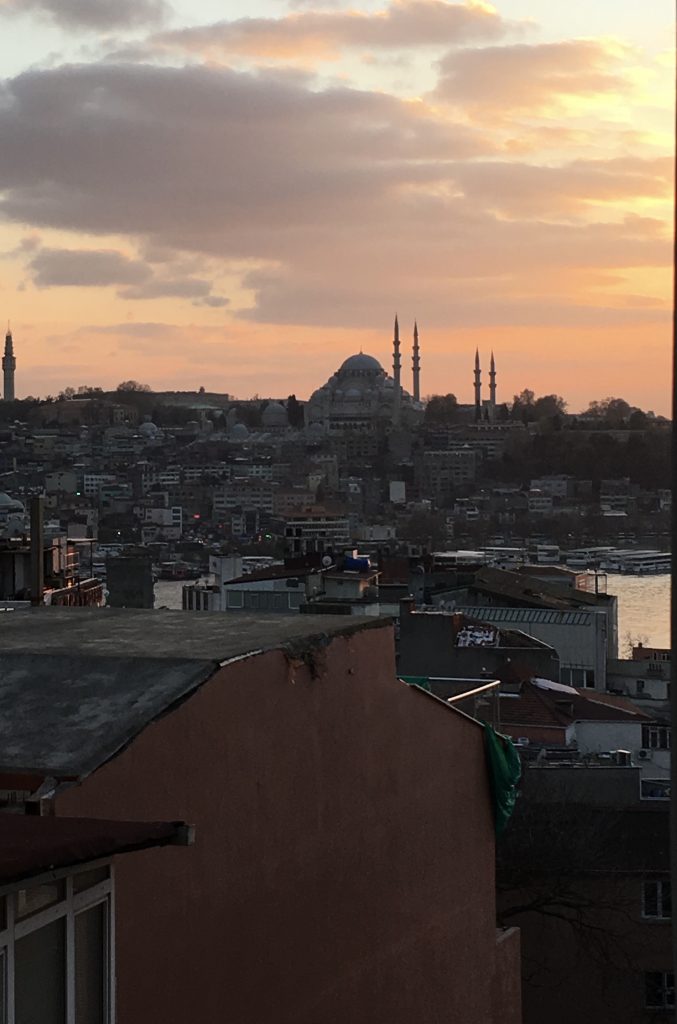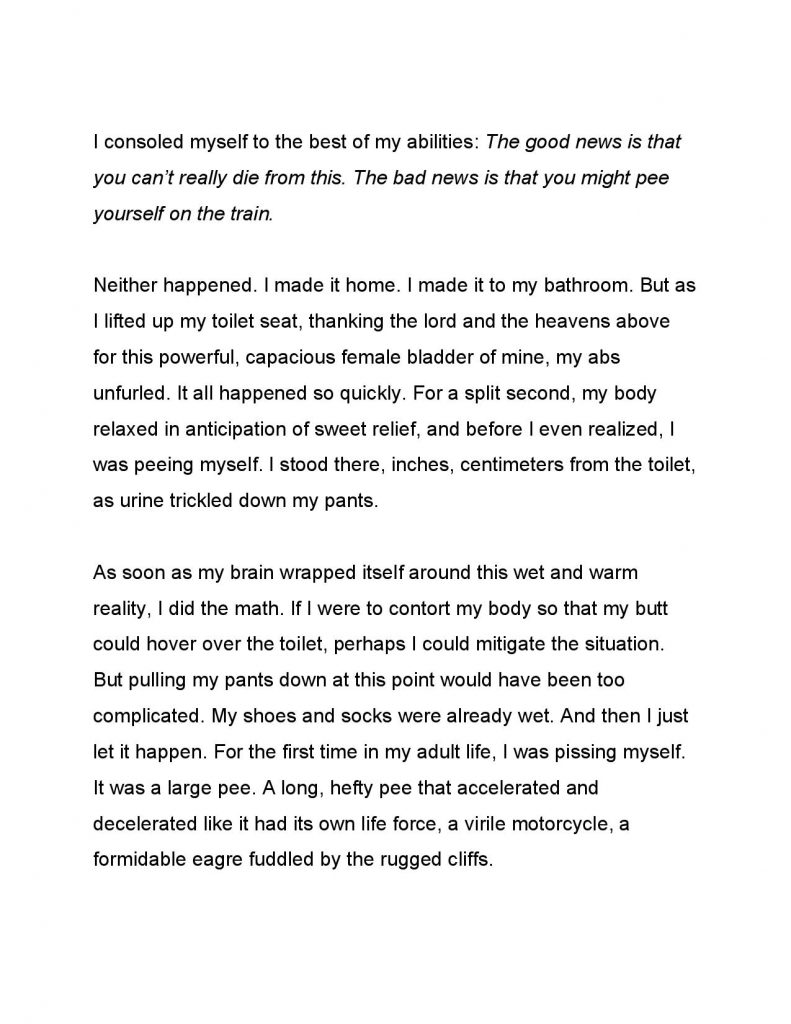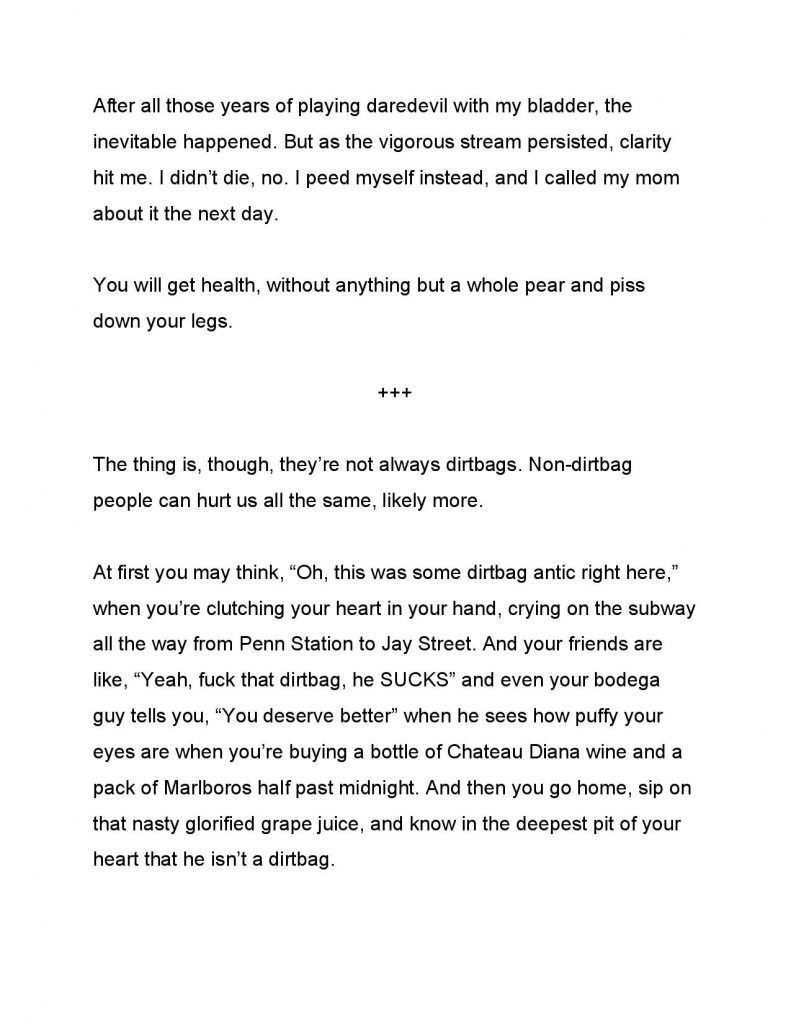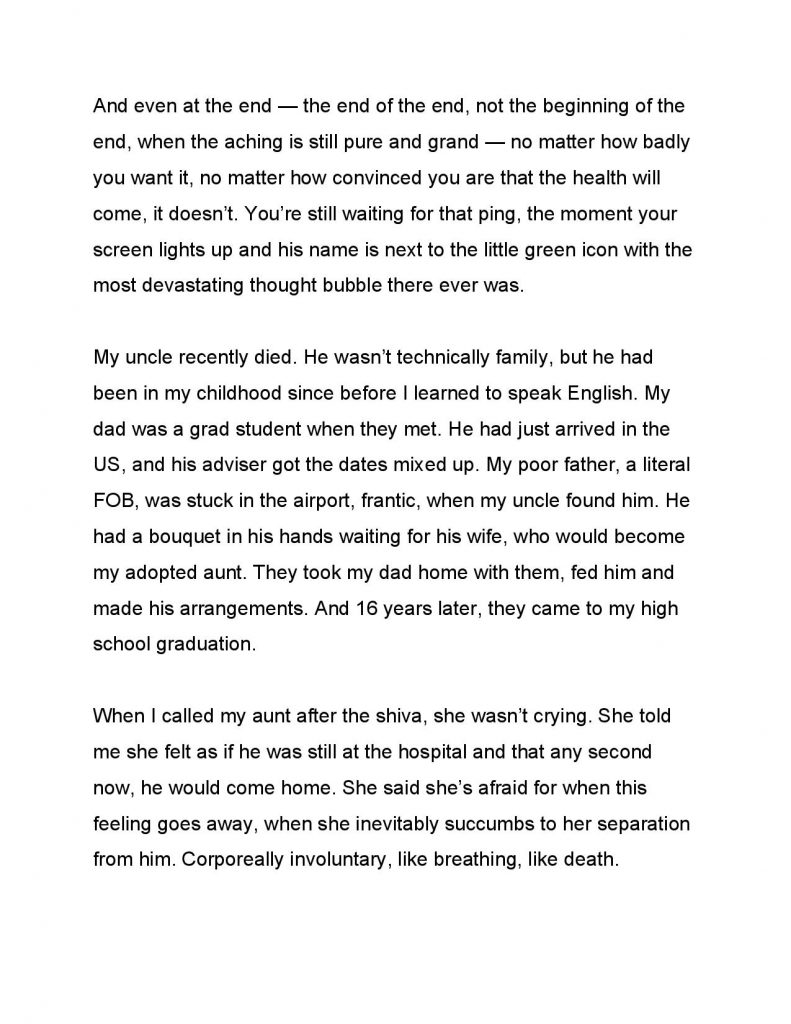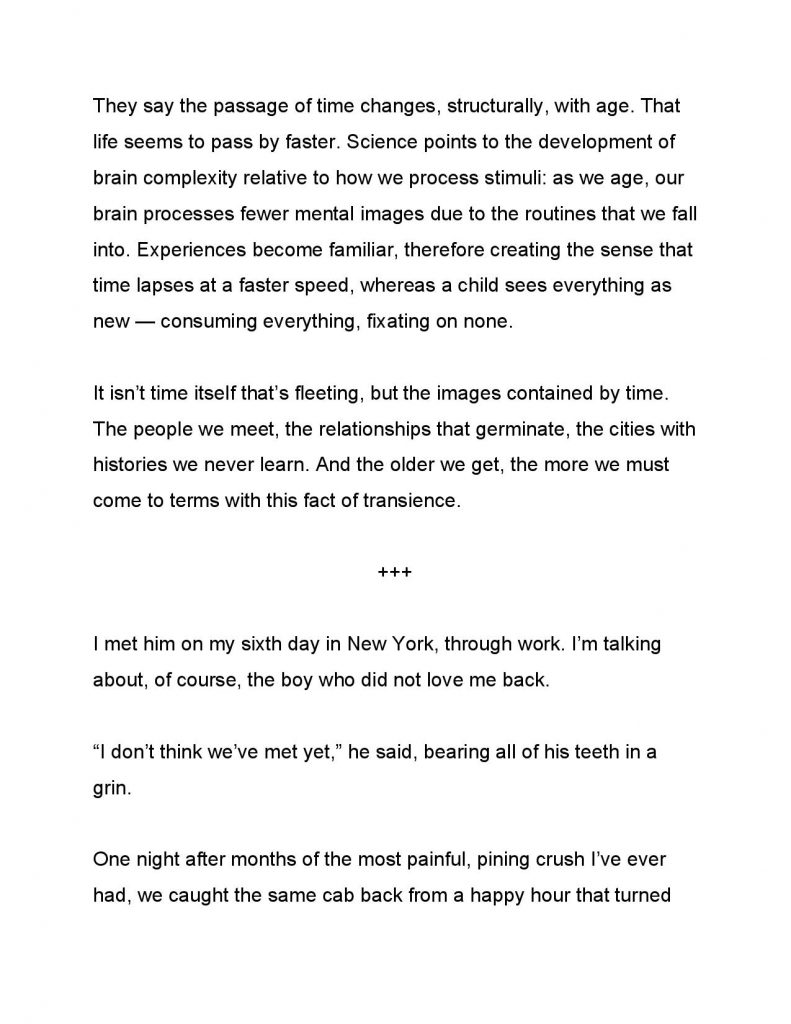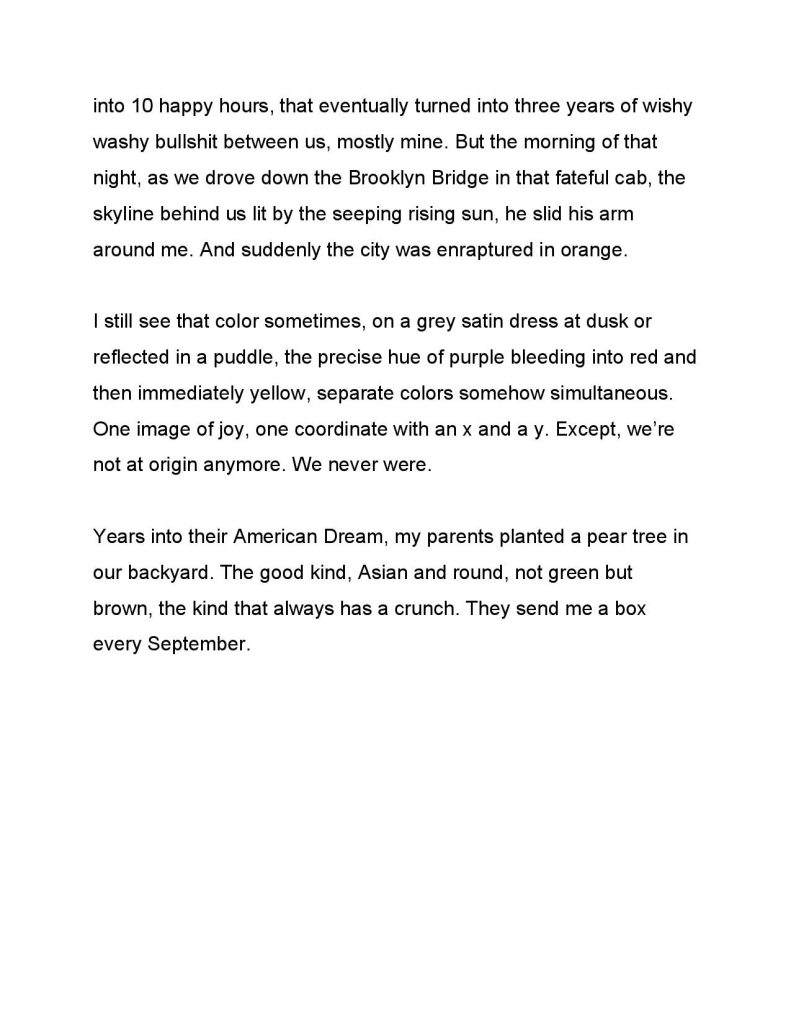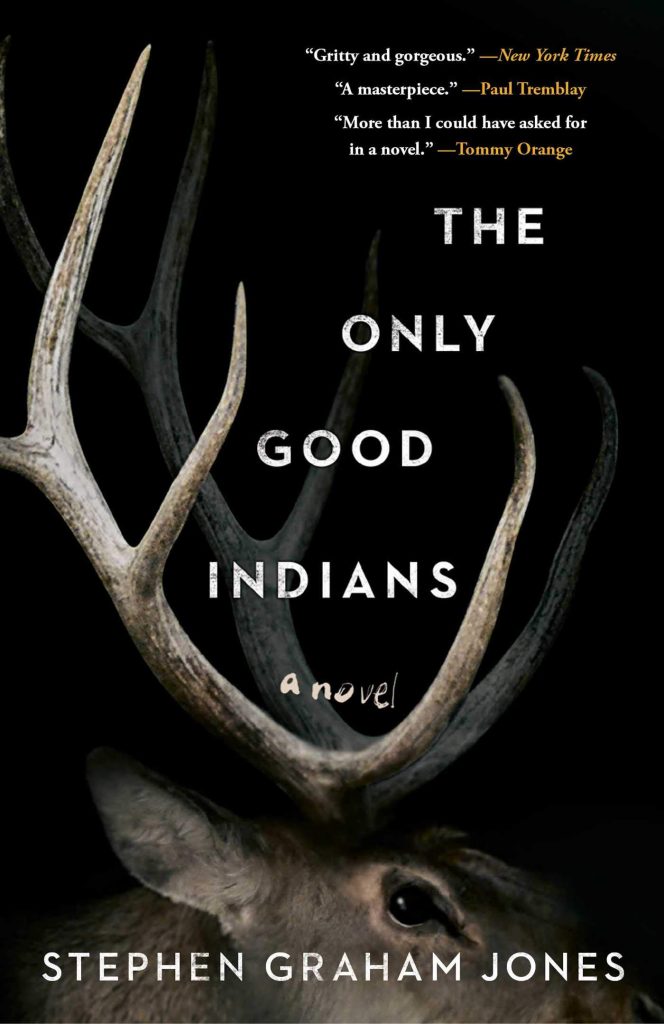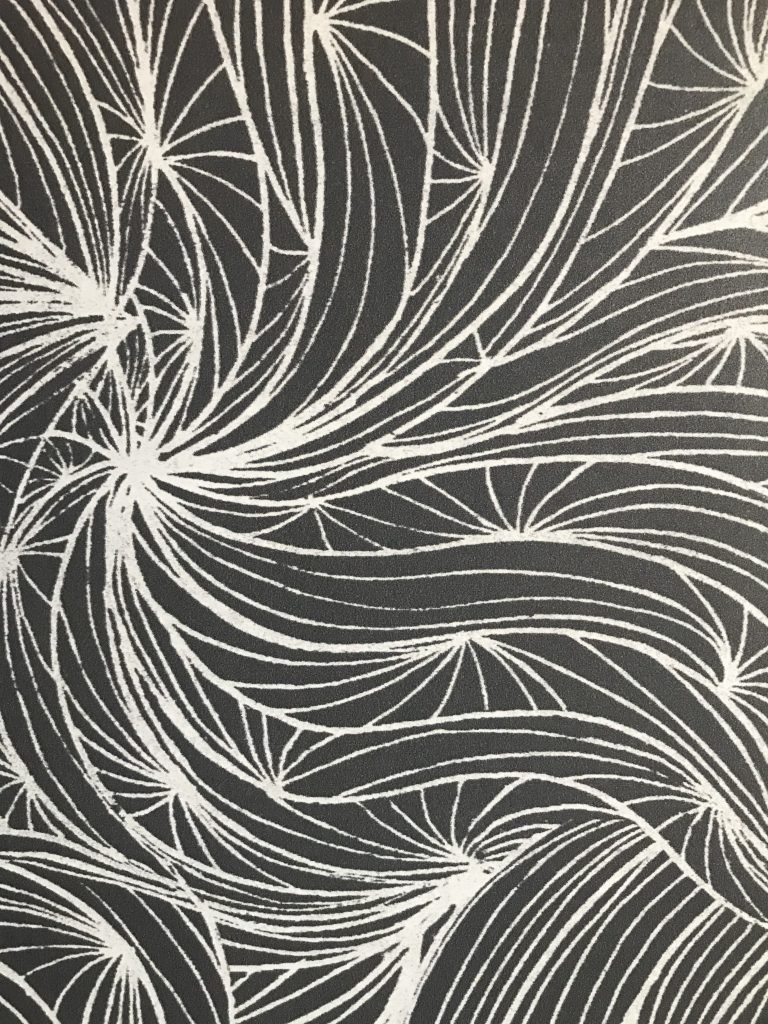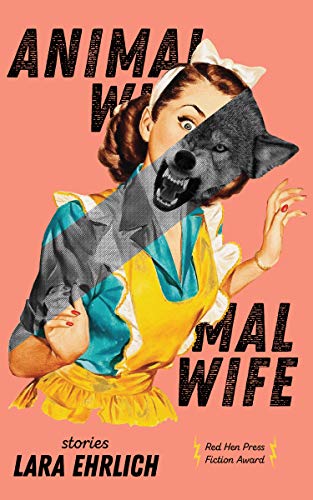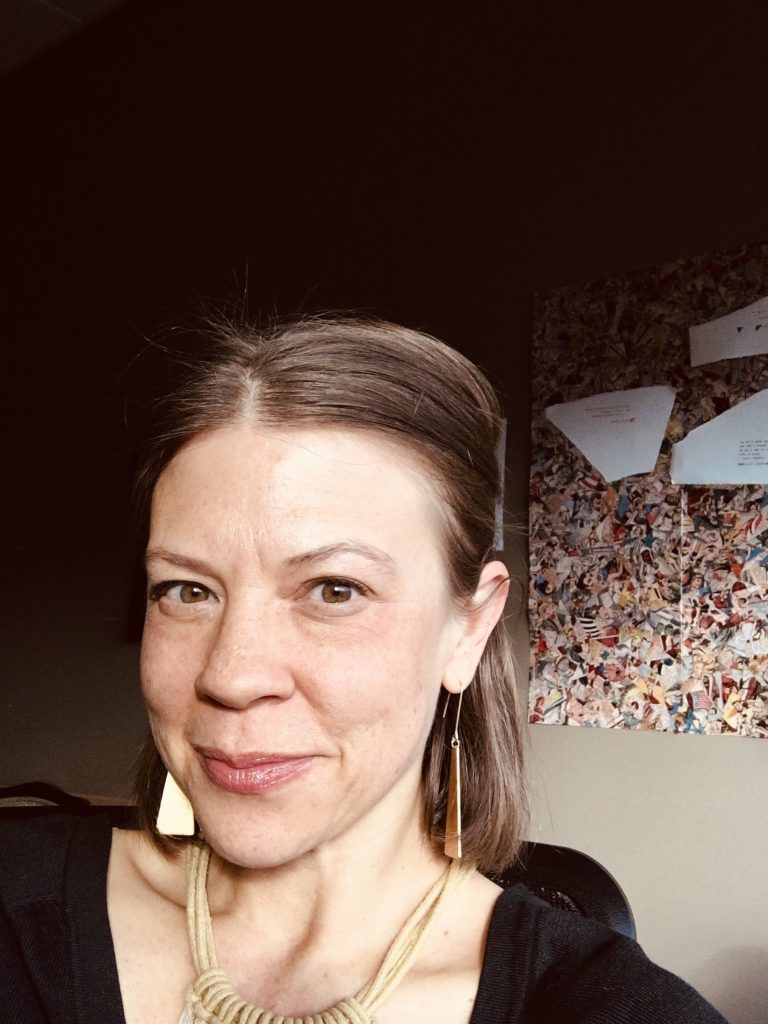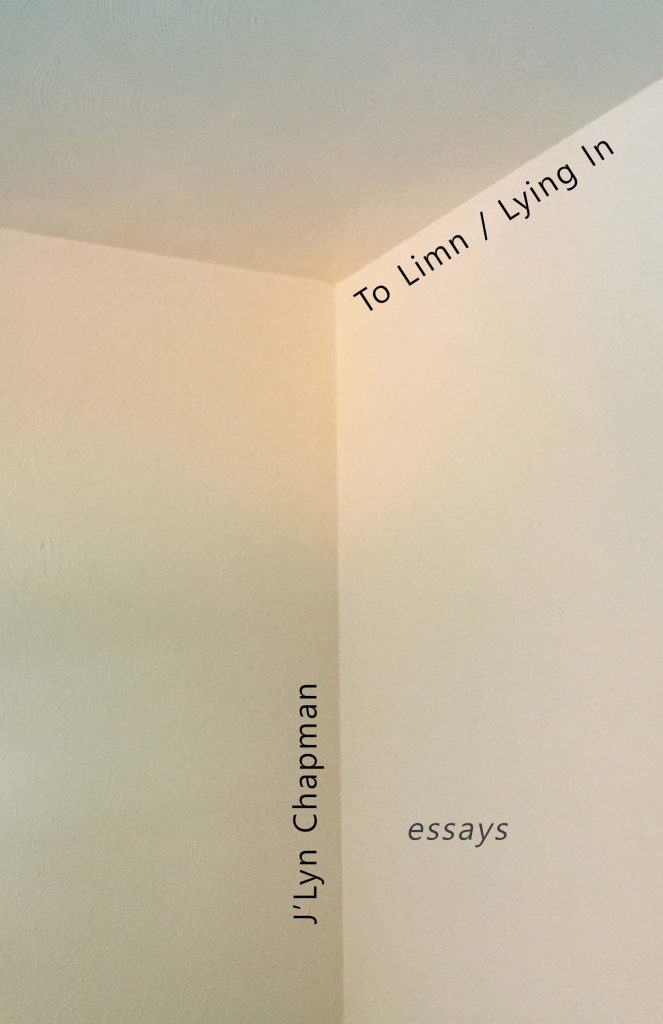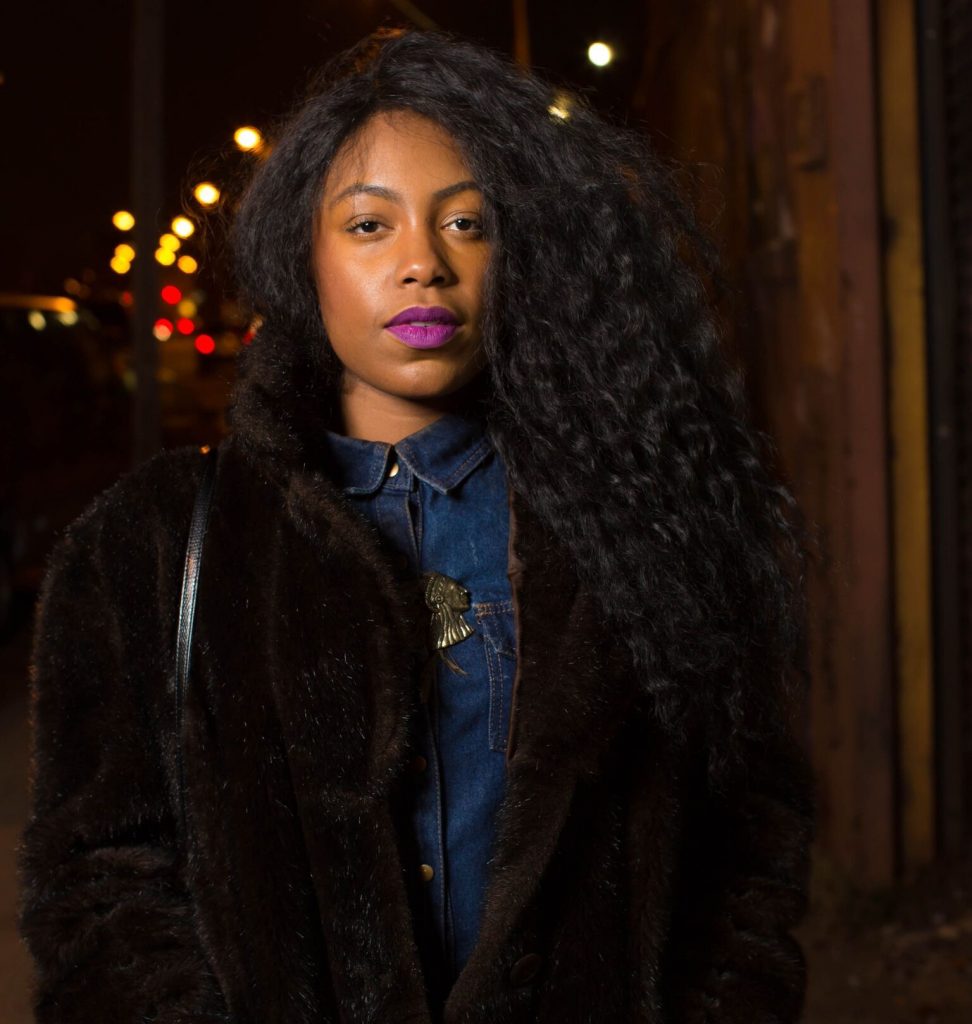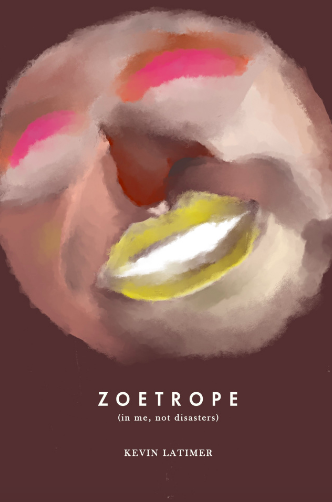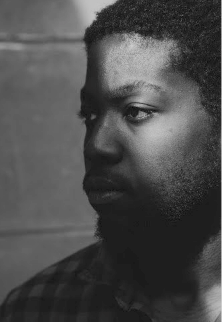BY LORI GREEN
—
1.
I have lost myself in Penny Slinger’s archives. It’s an easy way to spend a Saturday afternoon during underemployed COVID times.
2.
Back in 2019 I read a throwaway footnote in a David Graeber book: at some point, the USSR hoped to feed their people with Spirulina, the protein packed algae and modern-day superfood. I failed to locate any evidence supporting this claim.
3.
I did find another Cold War/spirulina connection though, in the LA Times, 1985: Manufacturers of Algae Derivative Claim they could “Feed the World”. In the article, Microalgae International Sales Corp. hosts a cocktail party at which Christopher Hills, the ‘father of spirulina,’ touts the powers of his sustainable green slime. Goodbye starvation. The company operates as an early MLM and donates product to charitable causes–including 1,900 pounds of spirulina tablets for, “Mujahideen Afghan freedom fighters”. Spokespeople claim the Mujahideen are scaling mountains to victory, subsisting on algae and snow. Doctors question health claims and decry the arrogance of shipping pond scum to the poor.
4.
To me, it sounded like the perfect longform article just waiting to be made into a podcast. It sounded like money, bingeable content. You have an MLM, spurious medical promises, a charismatic “Western guru scientist”, and US involvement in the Soviet-Afghan War. Wild stuff. I took some notes and put them away.
5.
Now that I’ve lost my health-food job to the pandemic and have a month without ghostwriting work, I return to the story. I finally have time to “follow the money,” and, “track down sources.” Unfortunately I don’t know how to do any of that. I left school with no research skills and find nothing meaningful on Microalgae International Sales Corp., or on this period in Hills’s life. Every link on his foundation’s website–I try Archives; I try Afghan Refugees–returns me to the homepage.
6.
It’s especially frustrating because Hills is in my reach. He’s all over the internet, photographed with scientists, prime ministers. He received a glowing obituary and in the photo he glows, too. The man was prolific. He wrote books I won’t read because I imagine they approximate the kind of eye contact that washes brains. I assume hypocrisy, the implicit sins of a spiritual conman. I am wary of entertaining that kind of mind after my year with the health food company where I too sold spirulina, under the rule of another aspiring guru. She also wanted to save the world with capitalism and positive thinking. There is no art there.
7.
In all my fruitless research one name keeps coming up: Penny Slinger. Hills’s wife and protector of his legacy, she ran their Goddess Temple after his death. I avoid reading about her because I am skeptical of spiritually driven, age-gap romances, the muse and the bearded man. In the one picture I see of them she’s beautiful and gazing into Hills’ eyes. It scares me.
8.
At my final dead end, I consent and search her name. There must be two Penny Slingers. All these sharp black-and-white photos and collages? This British beauty, domineering, naked, in leather or decked out in a full mane of feathers? Where is the repressed earth mother? Who is this subversive surrealist?
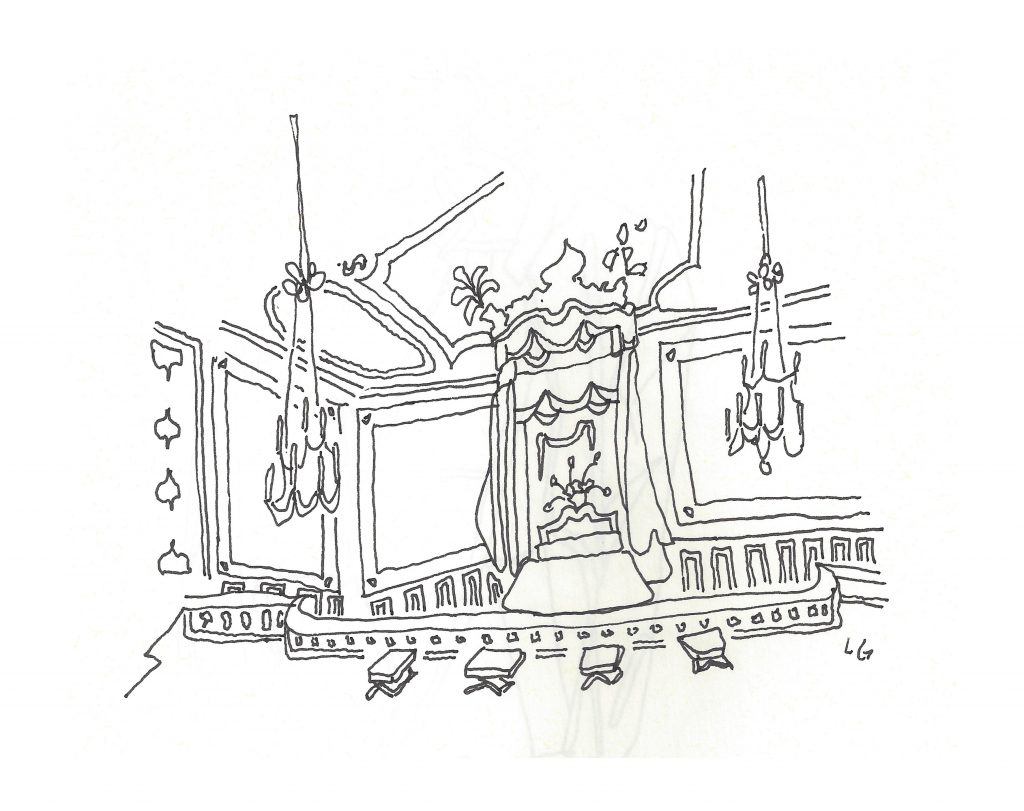
9.
I go to her website and find that yes, there are several Penny Slingers but they are all the one: Penny Slinger. Her lines are solid in portraits, ragged in collage. Rotting and youth is everywhere. Here she is, modern and sleek in the 60’s; here, writing volumes on tantra; in recent interviews she’s a sphynx, composed, grinning and older.
10.
In one color photograph from a magazine profile she’s standing indoors, indomitable in front of perched falcons. There is surely bird shit on the floor. The scene is a dream I’ve already had, and I dream about the dream.
11.
I look through stills from a film she acted in–The Other Side of Underneath–,the only British movie directed by a woman in the 1970s. It depicted female psychosis. That shoot ended relationships. A man died in its aftermath. I find it for free and skip to the middle. I can tell this movie would destroy me though, so I close the window.
12.
For several years it’s been the fashion to rediscover neglected female artists, the Babitzes and Carringtons. By rediscover, I don’t mean to say that life forgot Penny Slinger, or she it, just that the internet has never pushed her on me. She hasn’t turned up on my Instagram.
13.
She’s the subject of a recent documentary called Out of the Shadows andI watch the trailer. Nowhere do I find the hazy smile of a woman usurped by an old man. I’ve stopped looking for it. I entered my search prejudiced, playing into this fantasy that she stopped making art. To indulge in that fantasy would be a sin and the most monstrous arrogance of all. Of course she never stopped. We were always going to find her again.
14.
Forget Hills. I don’t see green algae in Slinger’s photos so I won’t care about green algae, or my lost job, or capitalism gurus. My vendettas are mine. I should probably work on them. Anyway, now I’m less interested in podcast worthy stories than in falling into a Penny Slinger rabbit hole. And I do, all afternoon. I find everything. There’s plenty and not enough. Her books would cost a fortune to a laid-off woman in pandemic. They’ll come back into print soon though; I’m sure of it, because she’s left the Goddess Temple compound for Los Angeles. She recently designed a set for Dior Haute Couture and gives interviews.
15.
I trace this artist’s face over years and hear her calling me out for storing my womanly powers in the spare room. I am afraid because she is wilder than the life I chose and matches a life I might have chosen. She is brave enough to inhabit a haunted house, formidable enough to gain access to one and does, a place called Lilford Hall. It’s in ruins. Picture Manderlay. Her partner lived there as a boy and grew up to be a moviemaker named Peter Whitehead. The two plan a film together, start shooting in the estate. When they split up he drops the project and she spends years making her own book out of that time and space: An Exorcism.
16.
A quick search tells me that Peter Whitehead’s work has been called unspeakable. At some point he became a professional falconer. Hence the falcons in the magazine piece, I assume. I didn’t know that was a viable career path, but I guess for an English male who spent his childhood in Lilford Hall, anything is possible.
17.
Because anything is possible, I watch myself read about Penny Slinger for the rest of the afternoon. I sign into JStor because it makes me feel academic and membership is free during pandemic. I enter: Penny Slinger Lilford Hall. All I find is a letter from Peter Whitehead to someone named Niki de Saint Phalle. I read the letter to its end, saving some lines but not their contexts. He mentions dropping the film with Slinger. Being from the future, I know she’s going off to make An Exorcism. Peter Whitehead seems mean, but what do I know? I think of a life of meanness, of breaking your word to people but not to your art.
18.
I open a tab for Niki de Saint Phalle and find her huge, joyful statues of huge, joyful women called Nanas. She and Slinger are both stupidly beautiful. Beauty doesn’t seem to matter to them. They use it how they can, like they’d cast it off and laugh and grow old then young then old again. So much scares me but the Nanas don’t.
19.
Have I always been this afraid? The story of a part-time ghostwriter in pandemic falling into the world of someone else’s art won’t buy me anyone’s attention. Considering that Dior set and Out of the Shadows, I’m behind the times already. “This woman,” I hear an imaginary voice scoff, “thinks she has discovered Penny Slinger? She’d never heard the name, Penny Slinger, before Pandemic?”
20.
Alright, but then where are the Babitz/Carrington documentaries? Where is Penny Slinger’s biography? I am afraid if we don’t get them down in print our attention will have only been a trend. I need more information. I need a paperback before she walks away again, off of the internet and out of earshot. I wish I’d learned to write biography.
21.
There are other leads I could follow this afternoon. Why did Peter Whitehead live at Lilford Hall–32,406 square-feet, over 500 years old with 100 rooms–when he was young? Was it already in shambles? I’m curious about his access, but am more curious about Penny Slinger taking it from him. I’m curious about the hall’s disrepair. How long did its ruin take? Lilford Hall had a great fall. All neglected structures crumble. How did they put it together again, and why? More information, please.
22.
I won’t find those answers. But I tell myself a story: some very old family was gifted Penny Slinger’s hardcover on a Christmas morning in the late 70’s. Flipping through the pages, they were returned, after a lifetime away, to their treasured estate. They wandered through it. They found their rooms filled with nudes and floating nuns, scorpions, a mouth in flight.
23.
What these bloated landed gentry said was, “The wallpaper is in strips; the floor is littered with the ceiling; find the old help and rescue those mirrors.”
24.
What they meant was, “Our ancestral entrance is blocked by a pair of spread legs. We are going to have to exorcise this exorcism.”
25.
And they almost did. How long before dust is the permanent state of affairs? The Lilford Hall website does not link to Penny Slinger’s archives. It doesn’t mention her at all.
—
Lori Green studied across genre at the New School’s Riggio Program for Writing and Democracy. Her work has appeared in Silver Needle Press, 12th Street Journal, and Whitevines Review. She lives, writes, and paints with her husband in Northeastern Pennsylvania.
![[PANK]](https://pankmagazine.com/wp-content/themes/pank/assets/images/pank-logo-large.png)

